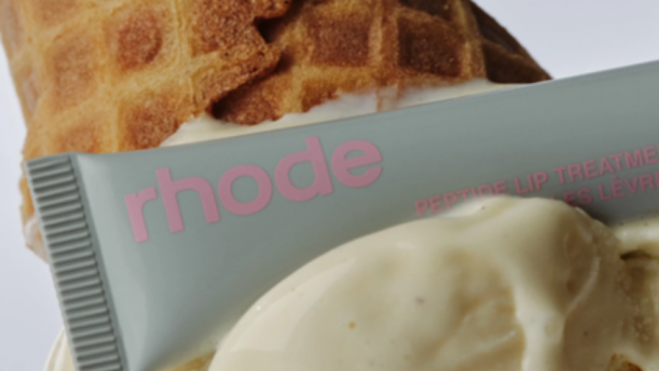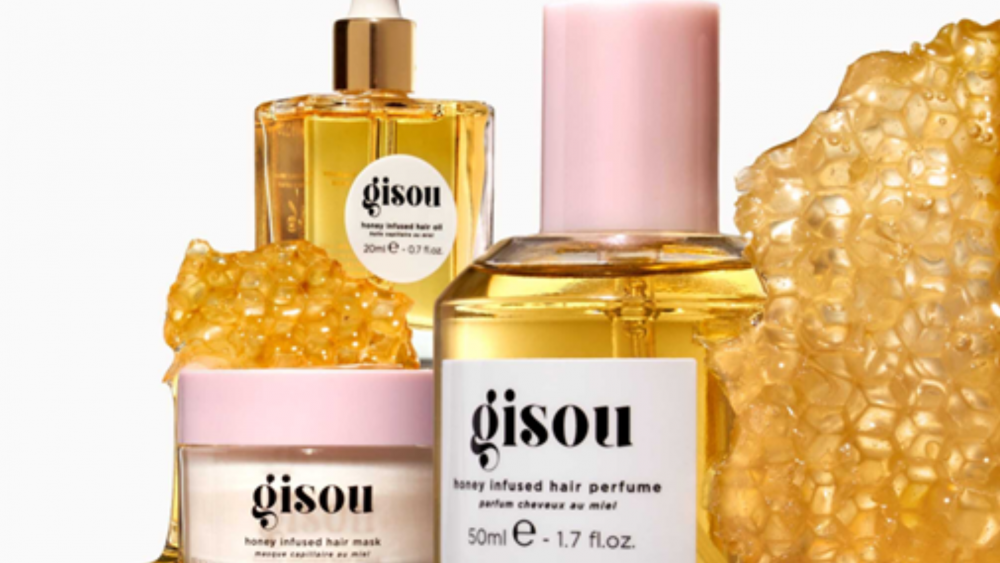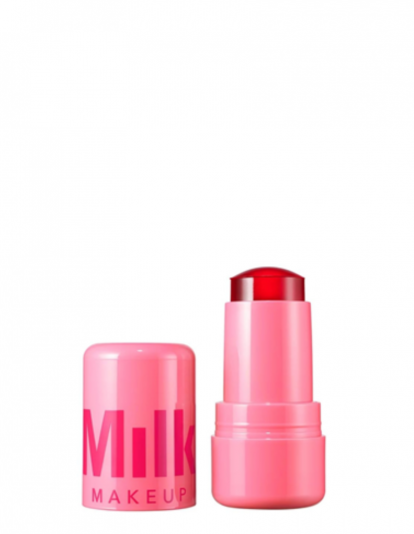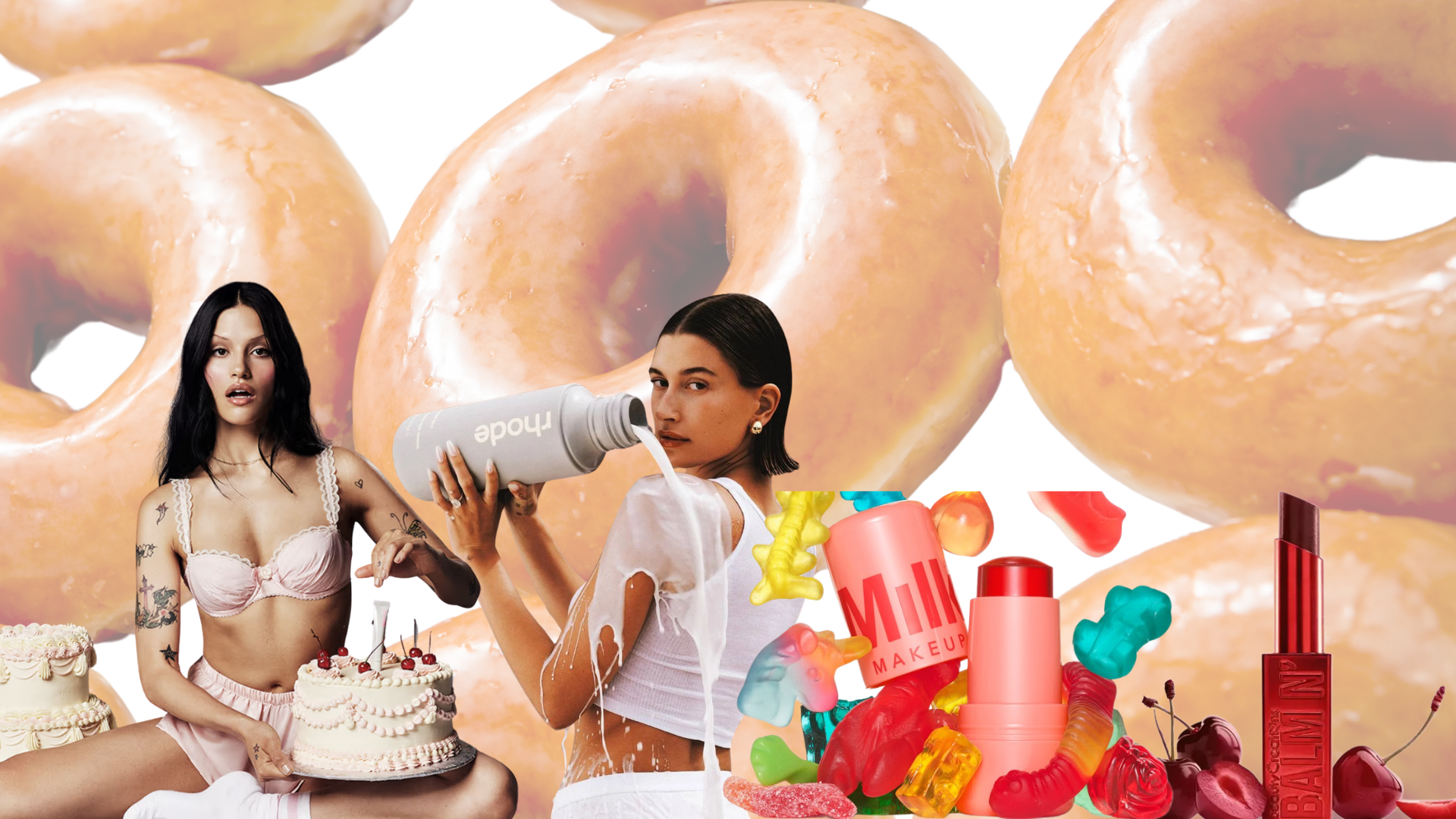More and more brands in the beauty universe are opting for creative strategies that capture the attention of a consumer eager for novelties and increasingly demanding. The classic still life compositions are a thing of the past: today, originality and collaboration with other sectors —such as the food sector— are positioned as key to standing out. These associations not only surprise visually, but also amplify the sensory experience of the product, connecting with the public in a more emotional and memorable way.
The sensory association between cosmetic and edible products has become a growing trend. Beyond aesthetics, this strategy reinforces branding by transmitting values such as naturalness and closeness. By evoking familiar flavors, textures and aromas, brands directly appeal to the consumer's psychology: they use desire —and even hunger— as a tool to connect emotionally and enhance the desire to buy.

Sensory marketing is inspired by the most irresistible aspects of edible products to transfer them to the world of beauty. From glosses that evoke the texture and shine of honey —like those from Gisou— to blushes that look like candy, like Milk Makeup's Jelly Blush, brands seek to awaken desire through visual and emotional stimuli. The objective is clear: to appeal to the consumer's senses and turn each product into an experience as provocative as it is appetizing.


The inclusion of food elements in cosmetic campaigns activates sensory and visual stimuli that function as powerful psychological triggers. From a scientific perspective, when seeing something that is visually appealing, the brain activates the same pathways associated with pleasure and desire. As a result, the product not only attracts attention, but is perceived as something that you need to have.
This strategy is especially effective in paid ads, where brands compete to capture attention in just a few seconds. By stimulating several senses —such as sight, texture, taste or even the memory of smell— the chances of users stopping scrolling are increased. The more immersive and sensory the visual experience, the greater the impact and connection with the consumer.

